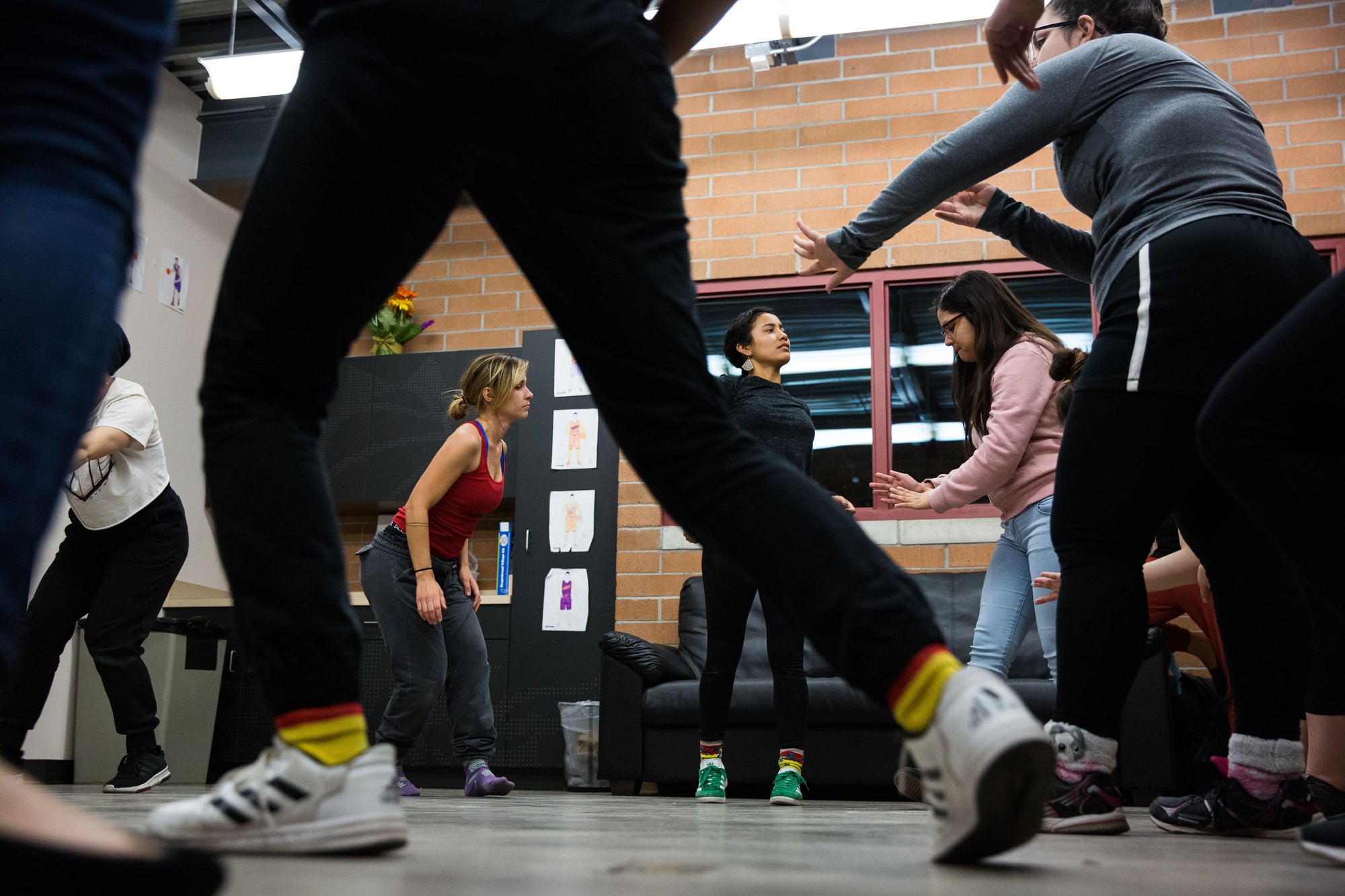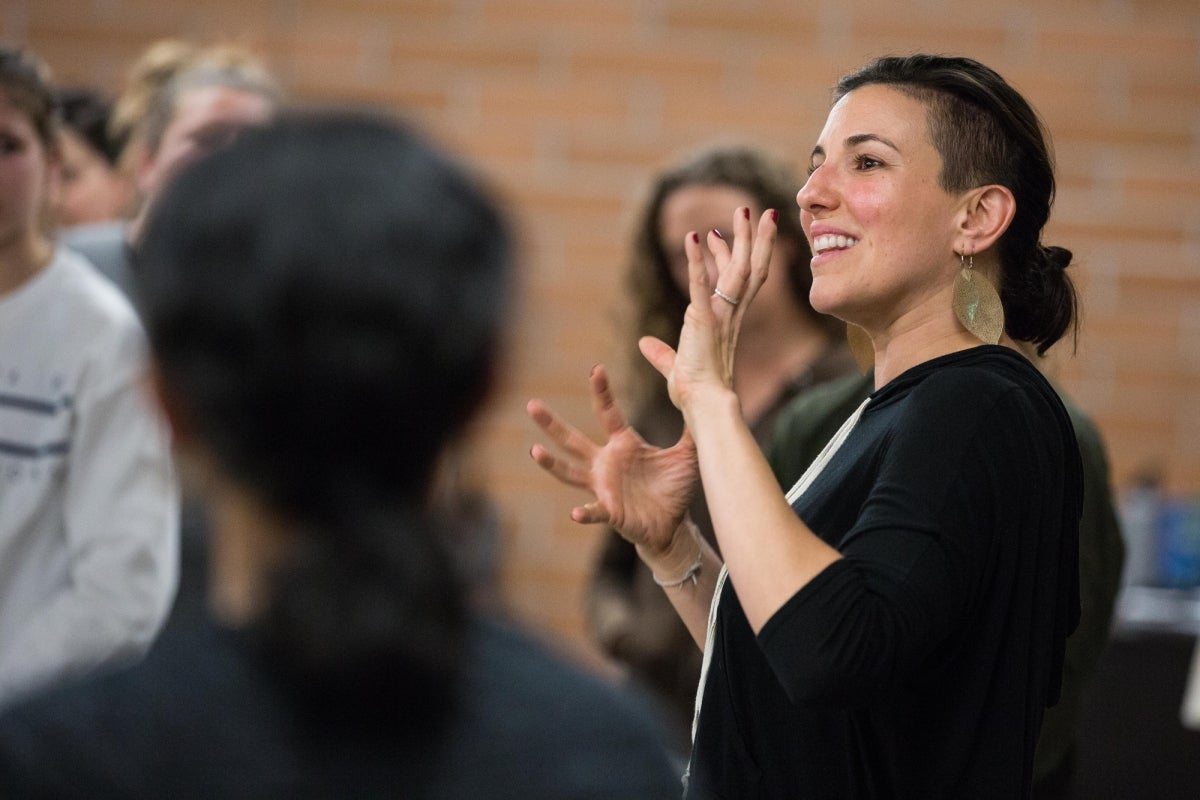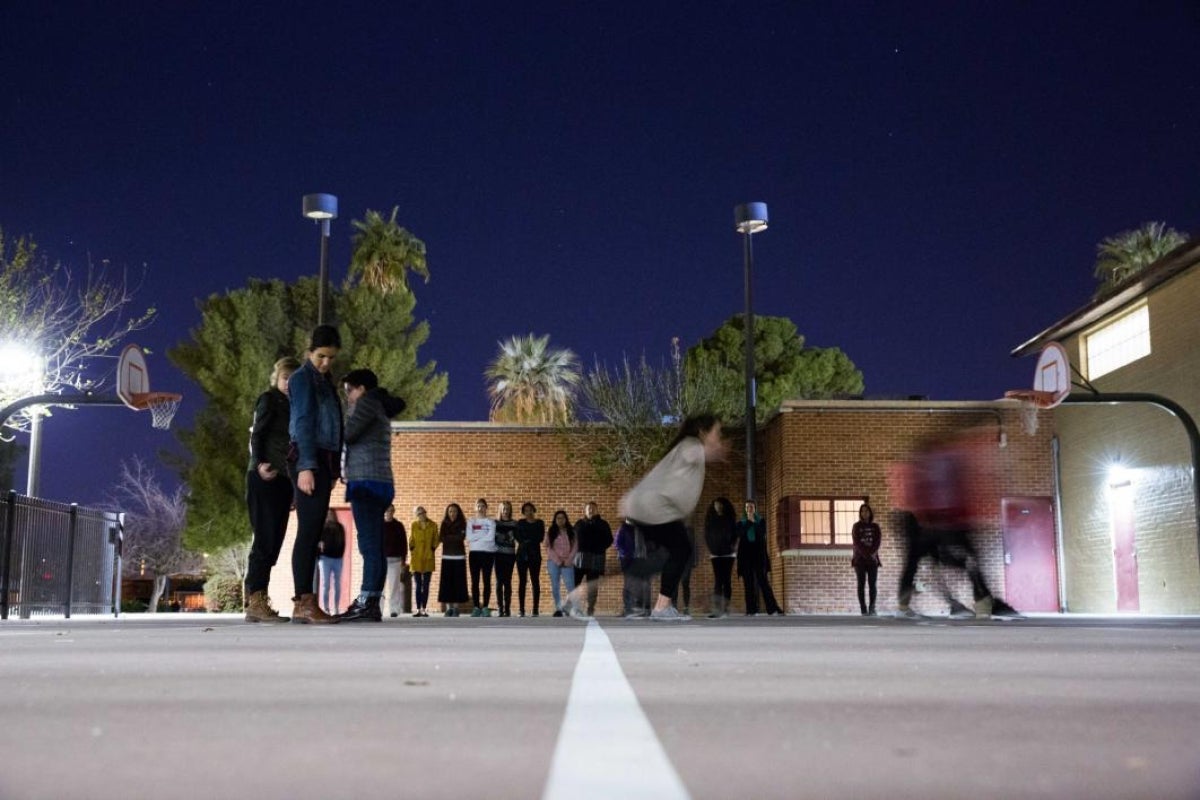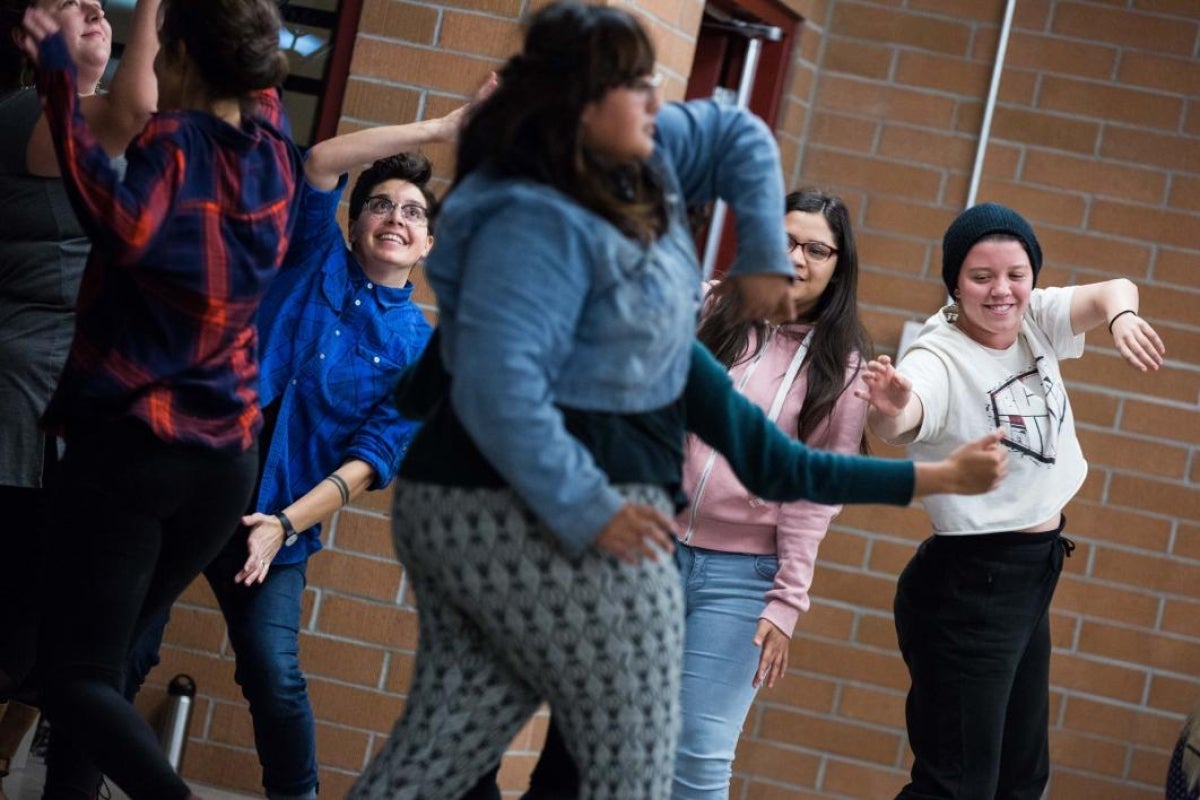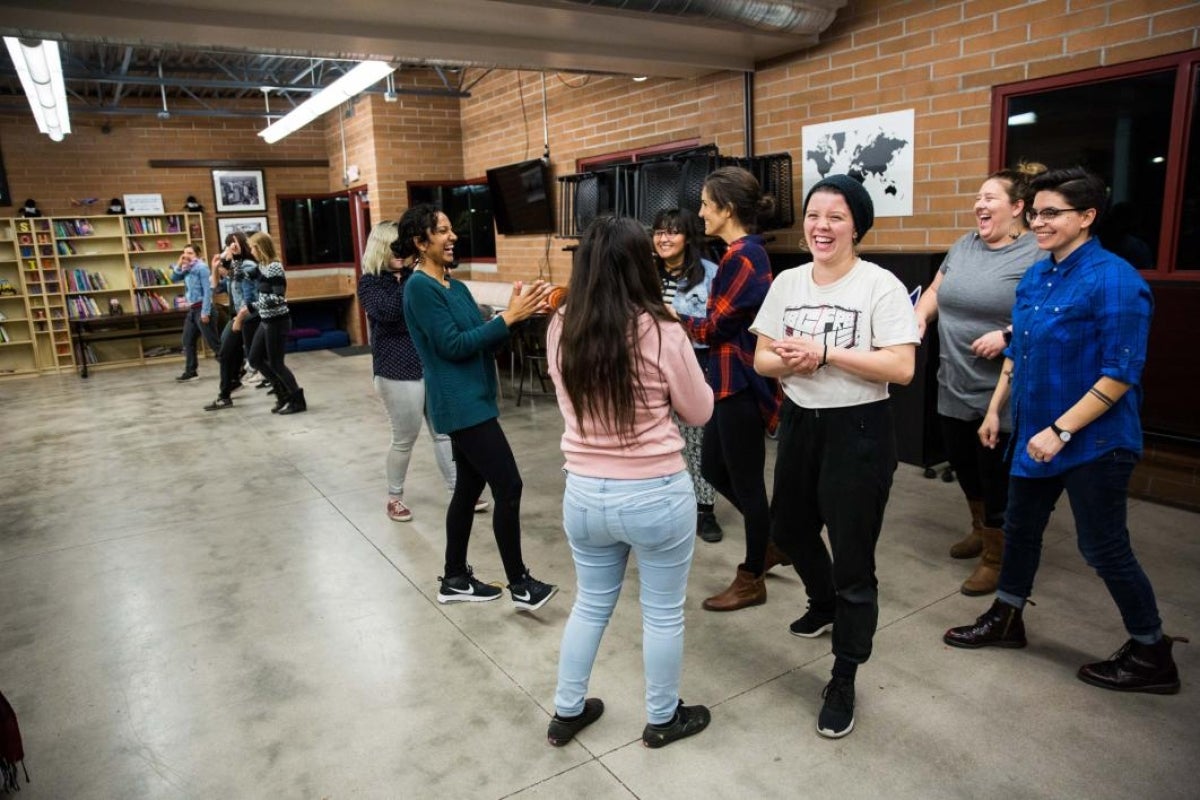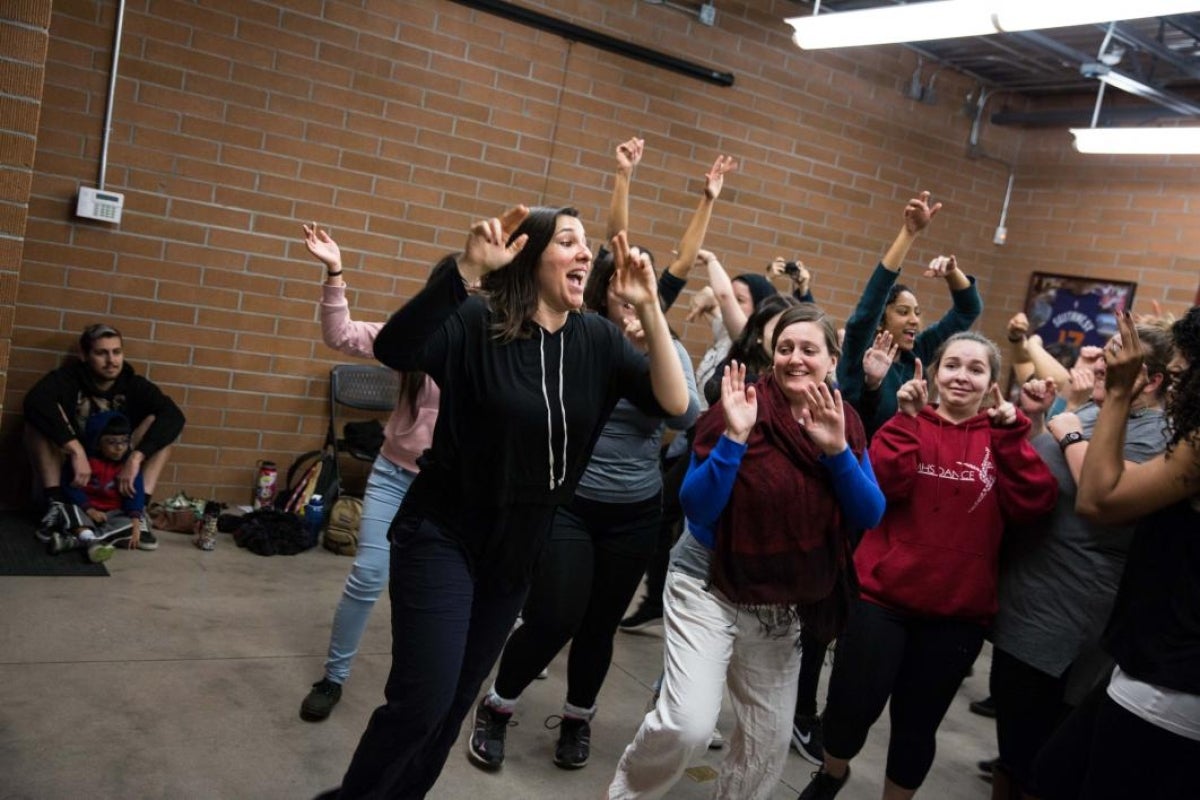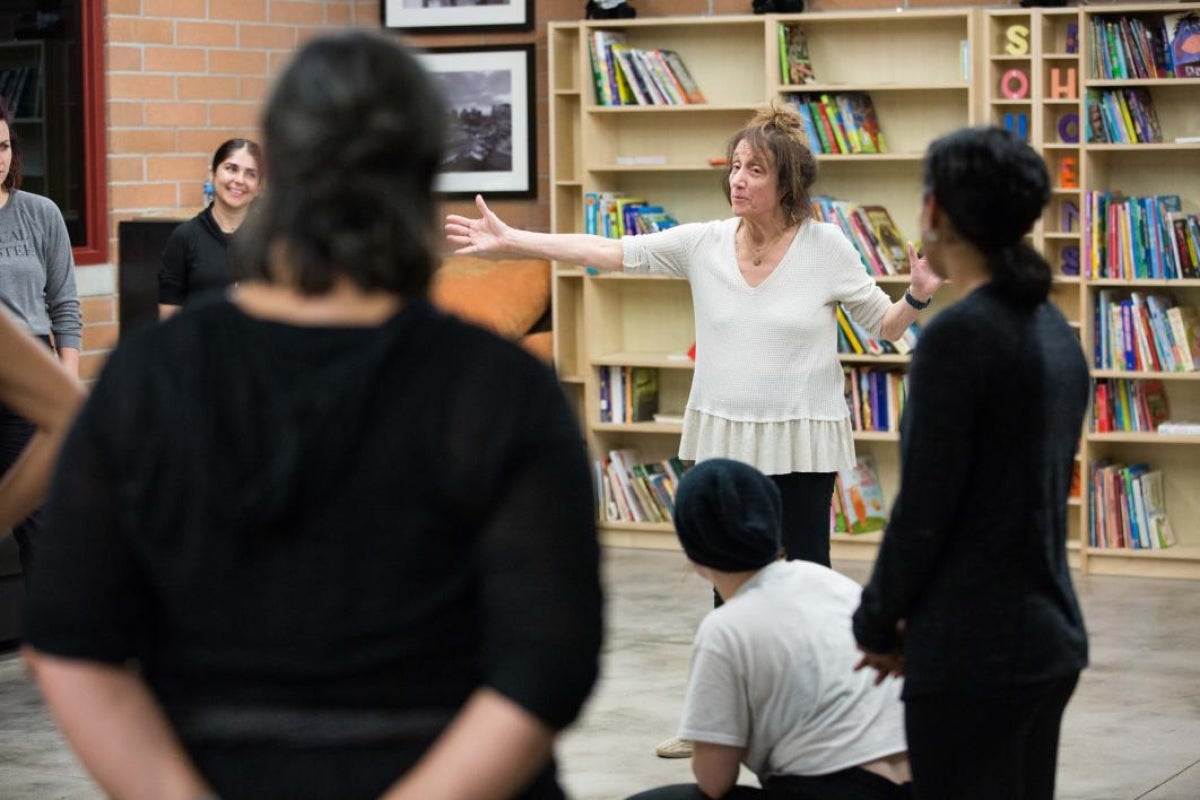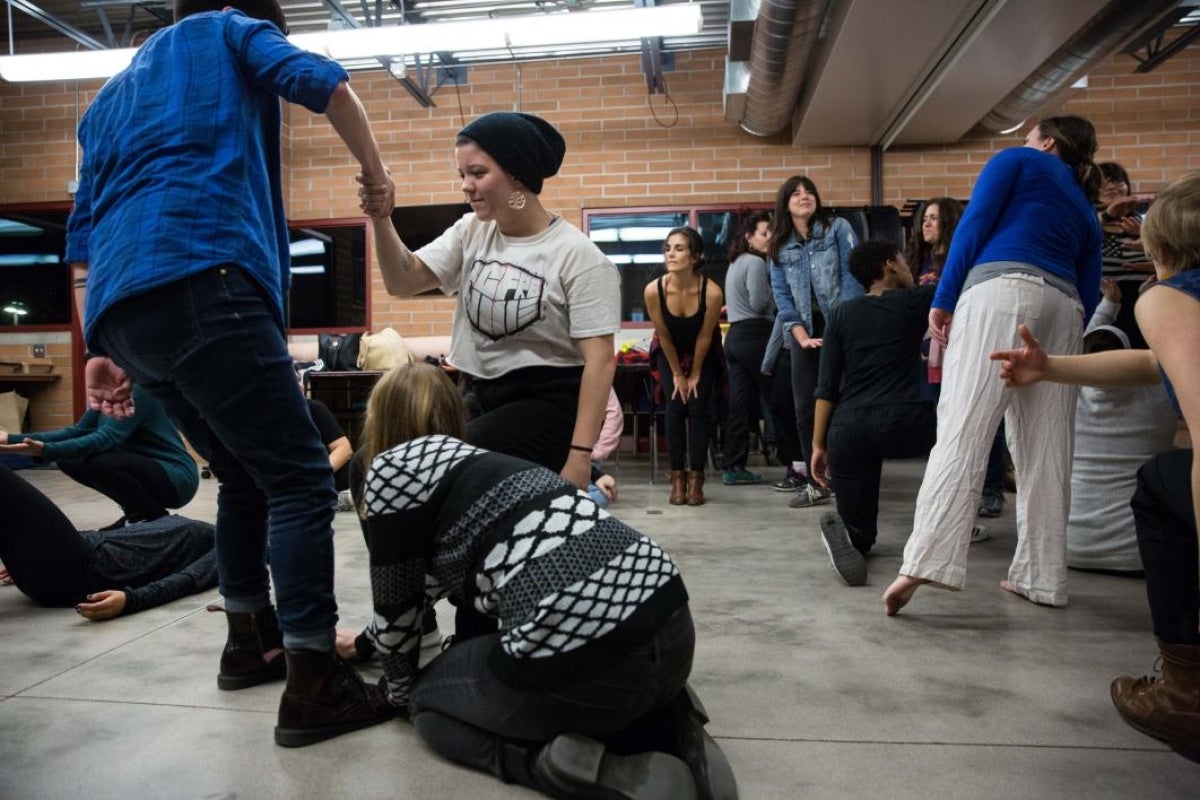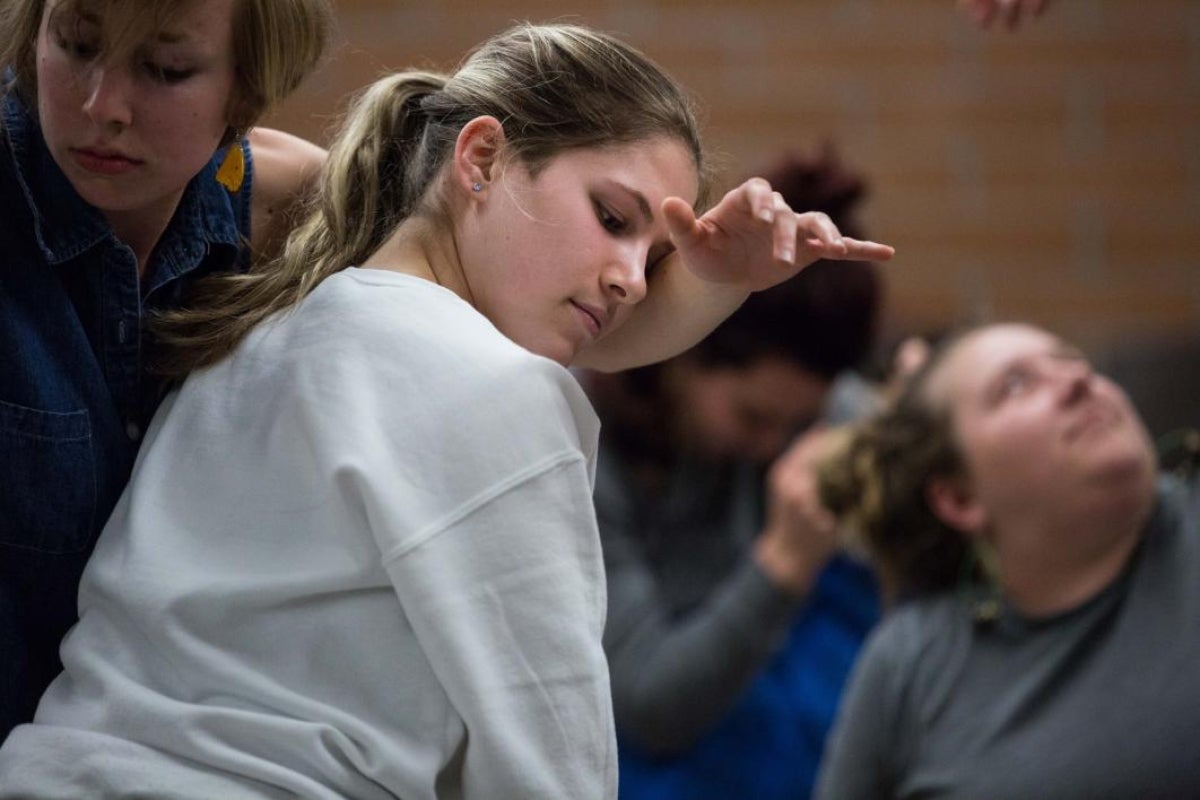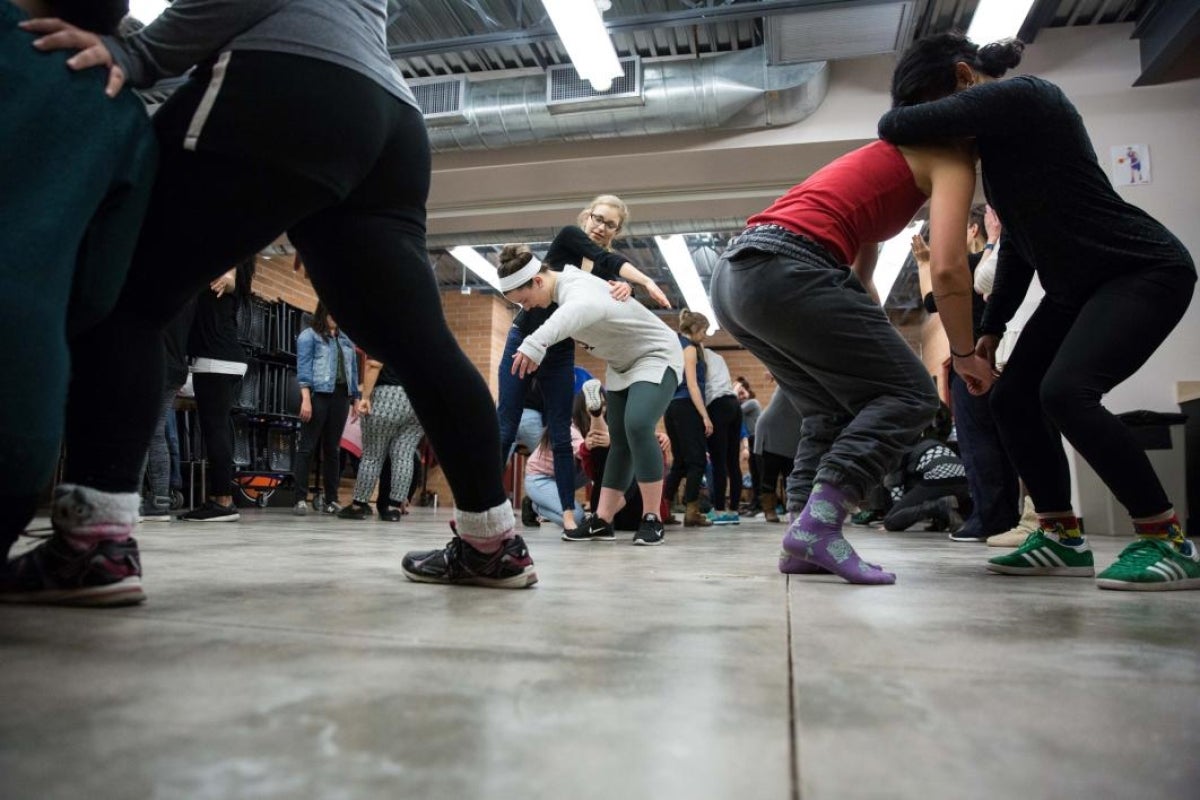Most performances happen within four walls; this performance will be bisected by one.
On Saturday, Binational Arts Residency artist Ana Maria Alvarez, orchestra musicians and 36 dancers from a variety of youth groups will simultaneously perform on both sides of the U.S.-Mexico border wall while watching each other through live streams and the gaps in the wall.
Binational Arts Residency, now in its third year, aims to strengthen the cultural connection between communities in Arizona and Sonora, Mexico, through artistic endeavors. The group is hosting a 10-day series of workshops and performances from Phoenix to Tucson to the Douglas-Agua Prieta border.
Mary Stephens, an instructor in the Arizona State University School of Film, Dance and Theatre, and director of Performance in the Borderlands, is one of the residency's partners. She said each performance is based on what the community decides through the workshop process, and the resident artist helps facilitate the performance.
“It became very obvious very quickly that there needs to be work happening on both sides,” Stephens said. “So rather than (the wall) being a split point, we’ve reconceived of it as a connection point.”
At the Eastlake Park Community Center in Phoenix on a recent wintry Tuesday evening, nearly 30 women crowded into the center for one of the workshops and were led through experiences by resident artist Alvarez and Institute Professor Liz Lerman of ASU's Herberger Institute for Design and the Arts.
Participants were asked to pair up with a stranger and speak about how they experienced “the space in between” in their own lives. They then reconvened as a group to share their thoughts and experiences ranging from family life and immigration stories to self-care strategies. Together they discussed and chose a movement to represent that story and danced it in unison, one woman’s story after another.
“The goal is to connect people and create community and have an experience where people felt uplifted and created something,” Alvarez said. “Liz and I talked about giving them tools, but our interest really was that at the end of tonight that people leave feeling like, 'I actually created something, that I actually made something exist.'”
ASU dance senior Ruby Morales (center) performs a movement as it relates to the stories told by participants during the workshop. Photo by Deanna Dent/ASU Now
ASU dance senior Ruby Morales was drawn to the workshop after meeting Alvarez and discussing issues of water, equity and pollution around the Rio Salado. She attended along with other ASU dance majors and took away a feeling of community and support from the experience.
“There’s a lot of women out there who can be my support, and there’s a lot of us that believe in the same thing,” said Morales. “I’m not as alone as I think I am.”
“The event is really honoring all those folks that live inside the politics of that region," Alvarez said. "But (it's) also giving people inspiration, giving people power, giving people hope and just allowing us to take a moment in time to create something together that is about a future we all believe in.”
Binational Border Performance
What: Border Arts Corridor — in partnership with Rising Youth Theatre, Bibi Danceur Academy, Luis Angeles Academy, Yvonne Montoya, Liliana Gomez, and Cochise College students — presents an evening of binational dance, poetry and music at the U.S.-Mexico border fence in Douglas, Arizona, and Agua Prieta, Sonora.
When: 4–5:30 p.m. Saturday.
Where: Douglas/Agua Prieta international port of entry, ¾ mile east on the U.S. side.
Details: Click here for tickets.
More Arts, humanities and education

ASU professor's project helps students learn complex topics
One of Arizona State University’s top professors is using her signature research project to improve how college students learn science, technology, engineering, math and medicine.Micki Chi, who is a…

Award-winning playwright shares her scriptwriting process with ASU students
Actions speak louder than words. That’s why award-winning playwright Y York is workshopping her latest play, "Becoming Awesome," with actors at Arizona State University this week. “I want…

Exceeding great expectations in downtown Mesa
Anyone visiting downtown Mesa over the past couple of years has a lot to rave about: The bevy of restaurants, unique local shops, entertainment venues and inviting spaces that beg for attention from…



